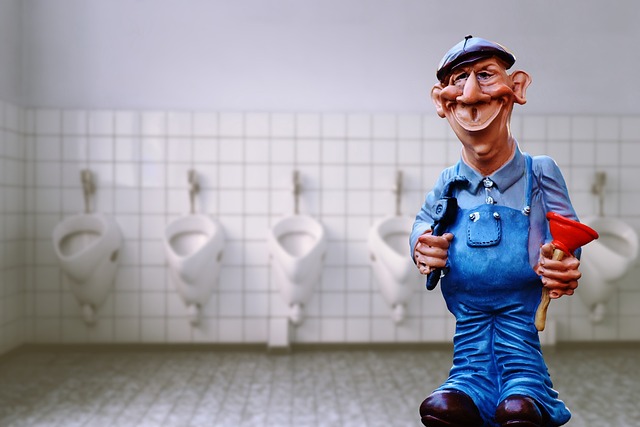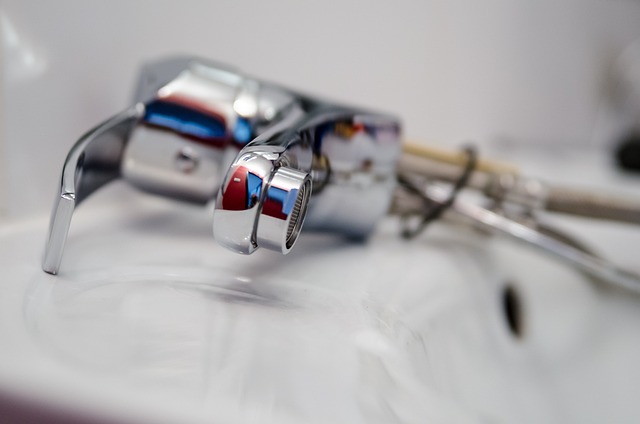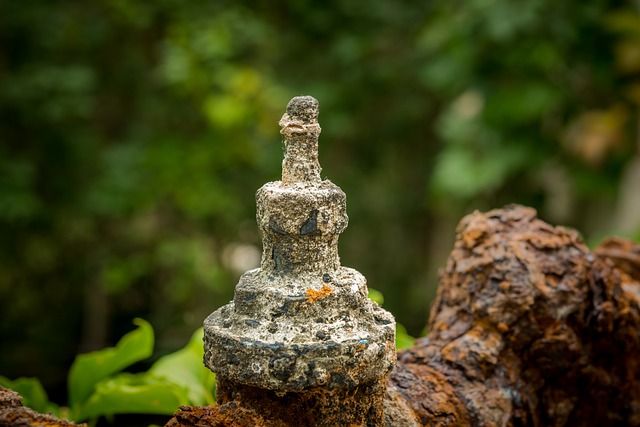Plumbing emergencies can cause significant damage if not addressed promptly. An emergency plumber is crucial, equipped with essential tools like pliers, multi-tools, wrenches, water pumps, duct tape, and waterproof sealants. Homeowners should take immediate action in cases of burst pipes (locating main valve, containing flooding), clogged drains (using baking soda, vinegar, plunger), and leaky faucets (disassembling, replacing parts). DIY solutions are available for minor issues but complex problems require professional help from an emergency plumber to diagnose and resolve issues swiftly, minimizing damage and costs. Regular maintenance and an emergency kit also prevent plumbing crises.
In every home, unexpected plumbing emergencies can arise, causing distress and disrupting daily routines. Armed with knowledge and the right tools, homeowners can tackle basic fixes swiftly. This article guides you through common emergency plumbing issues, from burst pipes and clogged drains to leaking faucets. We equip you with essential tools and step-by-step instructions for quick temporary solutions. Learn when to call an emergency plumber and discover preventive measures to avoid future crises, ensuring a stress-free home environment.
Understanding Common Emergency Plumbing Issues

In any home, knowing how to handle common emergency plumbing issues can save time and potentially prevent significant damage. One of the most frequent emergencies is a burst pipe, often occurring during extreme weather changes or due to aging pipes. This can lead to water damage and mold growth if not addressed promptly. Another typical scenario is a clogged drain, which can range from minor inconveniences to serious blockages that cause overflows. Leaking faucets are also a common issue, wasting water and potentially causing significant flooding over time.
When it comes to addressing these emergencies, many homeowners turn to an emergency plumber for swift solutions. These professionals are equipped to handle a range of problems, from repairing or replacing sections of pipe to unclogging drains and fixing leaky fixtures. Having a reliable emergency plumber on speed dial ensures that you can mitigate damage and restore normality quickly in any plumbing crisis.
The Essential Tools for a Quick Fix

When facing a plumbing emergency, having the right tools at hand can make all the difference. An emergency plumber often relies on a few essential items to quickly fix common issues like clogs, leaks, or burst pipes. First on the list is a versatile set of pliers, perfect for tightening or loosening fittings and removing stubborn clogs with a hook attachment. A multi-tool or utility knife is another must-have, allowing you to cut through pipes, remove old seals, or trim excess material.
Don’t forget the importance of having various size wrenches, both open-end and box, for securing or adjusting connections. A water pump or pressure washer can also be invaluable for unclogging severe obstructions or clearing drain lines. Lastly, a good quality duct tape and waterproof sealant will help in repairing temporary leaks until a professional plumber can arrive.
Temporary Solutions for Burst Pipes

In the event of a burst pipe, the first step for any homeowner is to act quickly to prevent significant water damage. Before calling an emergency plumber, there are some temporary solutions that can help stem the flow until professional assistance arrives. One simple yet effective method is to turn off the main water valve, often located near the meter or in an easily accessible outdoor area. This will cut off the water supply, preventing further leakage.
Additionally, gathering materials like sandbags, towels, and plastic sheeting can help contain the flooding. Place sandbags around the burst pipe to absorb excess water and protect nearby furniture and flooring. Towels and sheeting can be used to create a barrier against water seeping into other areas of your home. These temporary measures provide valuable time for an emergency plumber to arrive, assess the situation, and conduct efficient repairs.
Unclogging Drains: A Step-by-Step Guide

In a plumbing emergency, one of the most common issues homeowners face is clogged drains. Luckily, there are quick fixes you can try before calling an emergency plumber. The first step is to gather essential tools like a plunger, baking soda, and vinegar. Start by pouring a cup of baking soda down the drain followed by a cup of white vinegar. This mixture will create a fizzing reaction, helping to break up any buildup in the pipes. Next, place a wet/dry vacuum over the drain for several minutes to suction out as much built-up matter as possible. If the drain still won’t clear, use a plunger with a wide seal to apply pressure and force the clog out.
Remember, if the problem persists or you’re dealing with a severe clog, it’s best to contact a professional emergency plumber who can handle more complex issues effectively.
Fixing Leaking Faucets Effortlessly

Leaky faucets can turn into a major inconvenience, especially in an emergency situation where water damage could escalate quickly. Fortunately, fixing a leaking faucet is a relatively simple DIY task that any homeowner can handle without calling an emergency plumber. Start by turning off the water supply to your faucet using the shut-off valves under the sink. Then, gather the necessary tools: a new washer or O-ring, plumbing tape, and a wrench (if needed). Disassemble the faucet by unscrewing the handles and removing the head. Inspect the parts for any damage or debris, and replace the worn-out washer or O-ring. Reassemble the faucet, ensuring all components are secure, and turn on the water supply to test the repair.
This quick fix can save you from potential flooding and the hassle of finding an emergency plumber on short notice. By taking just a few minutes to address the issue, you can prevent costly repairs and minimize water wastage. Remember, timely action is key when dealing with leaks, especially in emergencies where prompt plumbing fixes can make a significant difference.
When to Call in the Professional Plumber

In many emergency plumbing situations, it’s best to call in a professional. While there are quick fixes and DIY solutions for minor issues, complex problems require expert knowledge and specialized tools. An experienced Emergency Plumber can efficiently diagnose and resolve issues like burst pipes, severe clogs, or faulty water heaters, minimizing damage and potential costs.
Seeking professional help is crucial when the problem involves structural components of your plumbing system, significant water damage, or if you’re unsure about the root cause of the emergency. Timely intervention from a skilled plumber can prevent further complications and ensure a more durable solution.
Preventive Measures for Future Emergencies

While immediate action is crucial during plumbing emergencies, taking preventive measures can significantly reduce their frequency and severity. Regular maintenance is key; schedule routine inspections to identify potential issues early on. A proactive approach includes checking for leaks, inspecting pipes for corrosion or damage, and ensuring proper drainage. Simple tasks like tightening fittings, replacing worn-out washers, and cleaning drains can go a long way in preventing clogs and leaks.
For added protection, consider installing water detection systems or moisture sensors in areas prone to leaks. These devices alert you to potential problems before they turn into emergencies. Additionally, keeping an emergency kit stocked with essential tools and supplies empowers you to handle minor issues temporarily until a professional emergency plumber can arrive.
